Seaman Second Class Austin Bell Swearingen
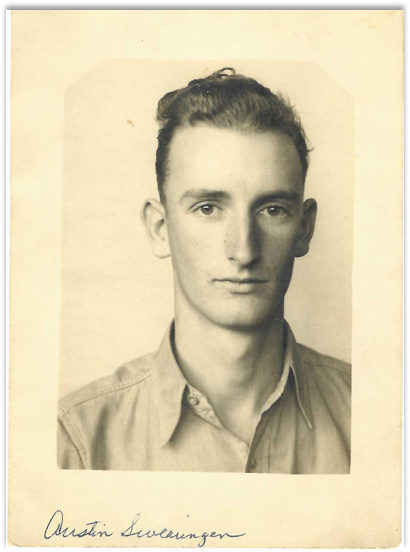
- Unit: USS Franklin
- Service Number: 9474007
- Date of Birth: March 9, 1926
- Entered the Military: August 4, 1944
- Date of Death: March 19, 1945
- Hometown: Alice, Texas and Cecil, Arkansas
- Place of Death: aboard the USS Franklin, off the coast of Honshu Island, Japan
- Award(s): Purple Heart
- Cemetery: Court 2, Courts of the Missing. National Memorial Cemetery of the Pacific, Honolulu, Hawaiʻi
Mentored by Mrs. Jessica Culver
Ozark High School
2022/2023
Early Life
Born on March 9, 1926, in Texas to Walter and Clara Swearingen, Austin Bell Swearingen moved to Cecil, Arkansas, before he entered grade school. Austin’s life was spent in this small community near the Arkansas River, working hard on the family’s 100-acre farm. The family included four sons and three daughters. While Austin’s father spent some time away as a coal miner, Austin’s mother watched over the family. Austin’s later letters home revealed a strong connection to the importance of family and caring for each other.
When attending nearby Charleston High School, Austin continued working on the family farm. He became captain of the Charleston High School basketball team. As a student Austin enjoyed literature, math, typing, and agriculture. Particularly important to Austin were reading and writing. He especially took delight in reading detective and adventure stories. Austin wanted to go to college, possibly majoring in agriculture. He considered being a writer, often signing his letters home with the name “Shakespeare.” Austin sometimes signed letters as “Skinny” due to his six-foot, 139-pound frame. While Austin was still in high school, his two older brothers, Walter and George, entered World War II on the European front.
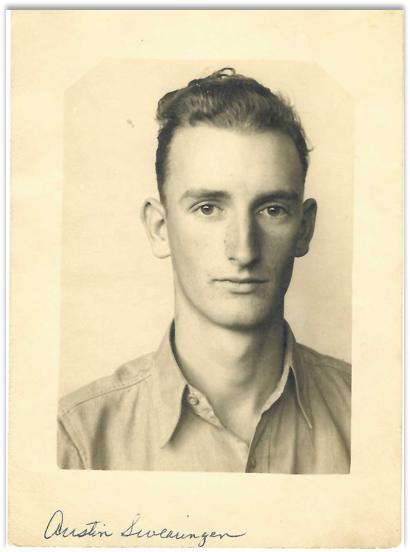
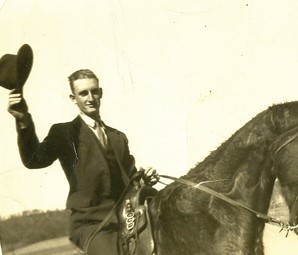
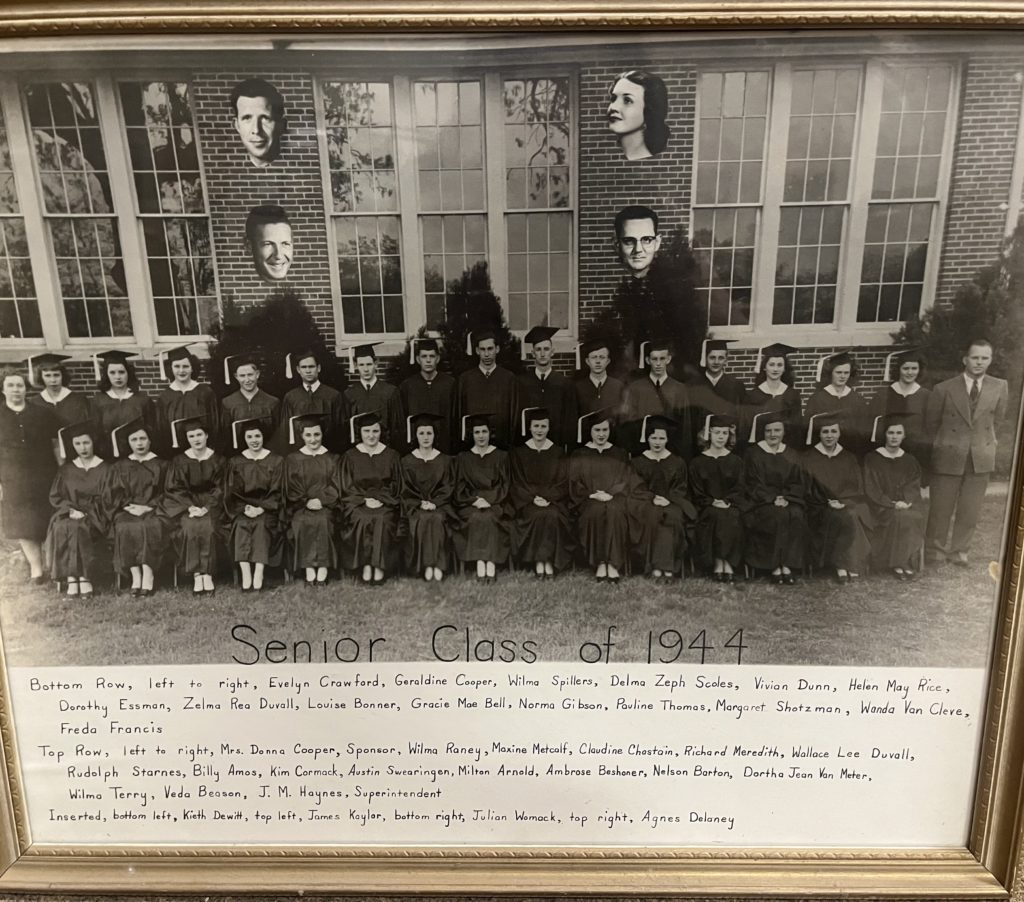
Homefront
Austin Bell Swearingen’s hometown and surrounding areas were deeply rooted in agriculture, producing livestock and poultry, especially during the war. The local county wineries continued to make their wine products. The Arkansas River remained a critical transportation hub.
In September 1941, construction began at Fort Chaffee, which would become a World War II training camp and later gain fame as the site of Elvis Presley’s military haircut. German prisoners of war were also sent here during World War II.
Across Arkansas, ordnance plants, some still in operation, produced munitions. The state’s coal and natural gas helped fuel the war effort.
In southern Arkansas, two rural locations were turned into Japanese internment camps, Jerome and Rohwer. As Austin joined the U.S. Navy and prepared to fight the Japanese in the Pacific, his home state was being used to incarcerate Japanese immigrants and Americans of Japanese descent from the West Coast.
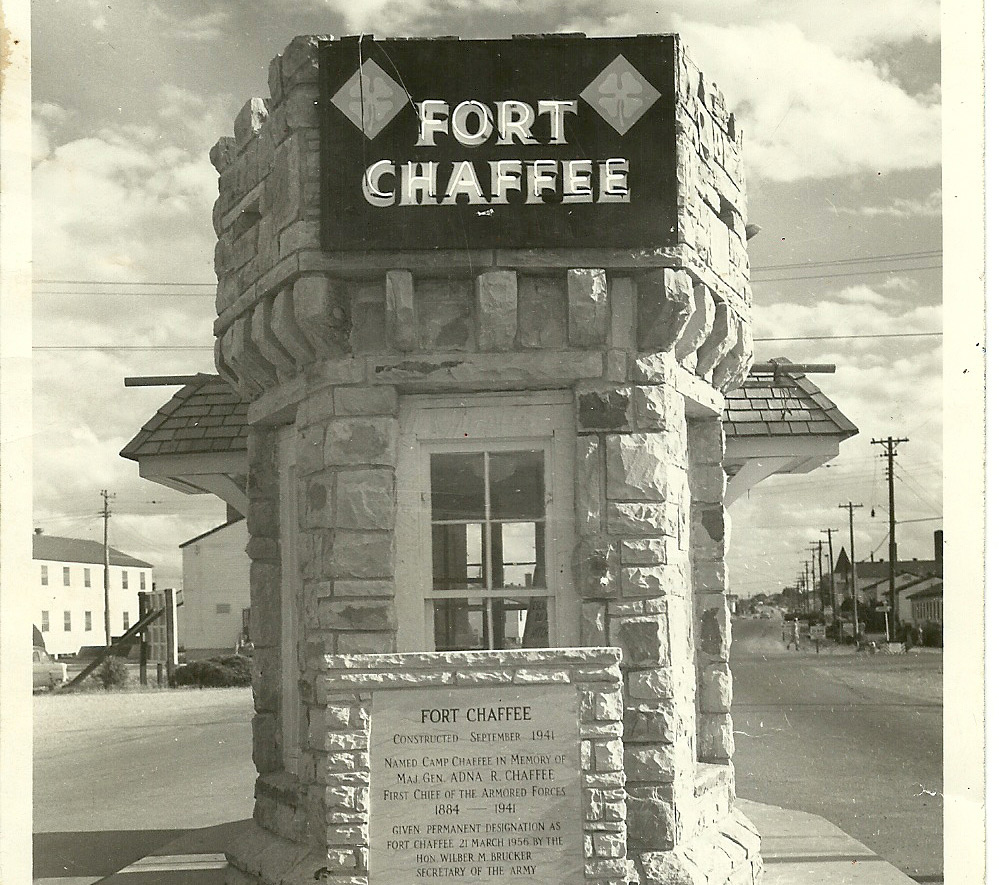
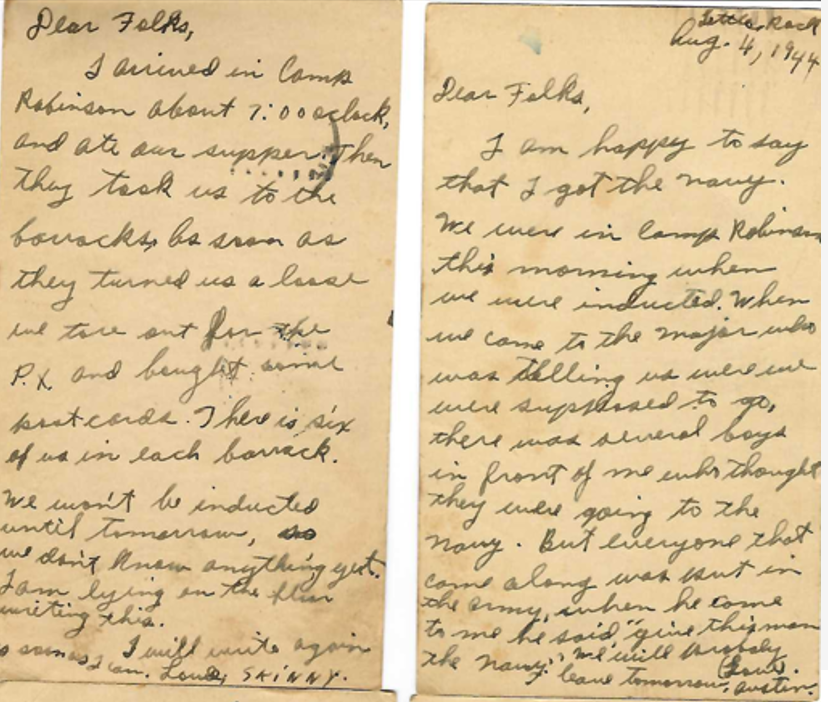

Military Experience
In August 1944, after high school graduation, Swearingen caught a bus to Camp Robinson near Little Rock, Arkansas, where he enlisted in the U.S. Navy. He stated his reason for enlistment was “To serve the country.” On August 4, 1944, Swearingen was inducted into the U.S. Navy as an Apprentice Seaman, Class V-6, U.S. Naval Reserve, for two years. He was 18 years old.
On August 14, 1944, with a paycheck of $50 per month and life insurance that would go to his family if anything happened to him, he headed to San Diego, California, for boot camp. His letters home revealed his new experiences in San Diego. During this time, he wrote home 18 times. When approved for leave, he visited San Diego’s Balboa Park with two fellow sailors from Arkansas. They had their picture taken and Swearingen sent a letter home with this photograph to show his family how he and his buddies looked in their new uniforms. During training, Austin was ranked as a “Third Class Swimmer,” qualified as a rifle marksman, and received gas mask instruction. On October 5, 1944, he completed basic training and was selected for Radar Operator School.
On December 12, 1944, Swearingen received his radar certificate which he sent home to his family. On the back, he wrote, “Some people may say I’m ignorant, cause I haven’t been to college, but just show them this. It will prove my knowledge. No doubt about it. This is the best rate there is, so you can say with pride, My boy is a radar man. Gee Wiz!” He signed the note “Shakespeare.” Education was important to Swearingen. During this time, he took college correspondence courses through the University of Arkansas, working on his education.
Christmas Day 1944 found Swearingen eating his holiday meal in the mess hall. He sent the menu home, writing, “I didn’t mind Christmas like I thought I would. We were all in the same boat, so we just had a good time griping and raising heck.” He inquired about his brother George, fighting in the war in Europe. A few days later, he told his family about his new mustache and sideburns.
On January 13, 1945, Austin Bell Swearingen boarded the USS Franklin headed to the South Pacific. He continued to send letters. In one, he asked his mother, “Do you think that after all the battles George and I survived when we were kids, we would be hurt in a little scrap like this?” In February 1944, Swearingen spent several days in the sick bay from tonsillitis and seasickness, recovering in time to work the overnight shift from midnight to 4 a.m. In March 1944, as the war in the Pacific continued on, Austin wrote to his mother, “You can’t hide from life, or live in fear of death and be happy. But I am not worried about it.”
In March 1945, the USS Franklin supported air attacks in preparation for the upcoming invasion of Okinawa. On March 19, 1945, a Japanese kamikaze attacked the USS Franklin. The resulting explosion killed over 700 men on board, including Second Class Seaman Austin Bell Swearingen. Shortly after his nineteenth birthday, he was buried at sea.
The Swearingen family’s letters were returned alerting them that something might be wrong. On April 5, 1945, the family received a telegram that Austin Bell Swearingen died while serving his country. He was awarded the Purple Heart and his family cherished the letter sent from President Franklin D. Roosevelt. For many years, a portrait of Austin in his uniform hung at his mother’s house, honoring this brave young man’s service. In the twenty-first century, Austin’s great-niece ensured his dream of becoming a “Shakespeare” was realized when his letters were published in an Arkansas magazine.
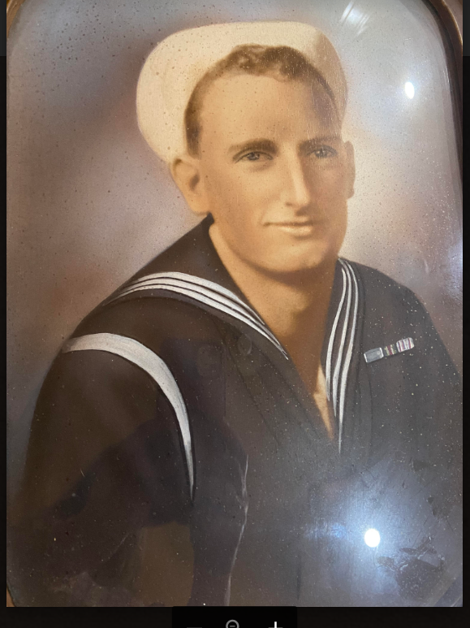
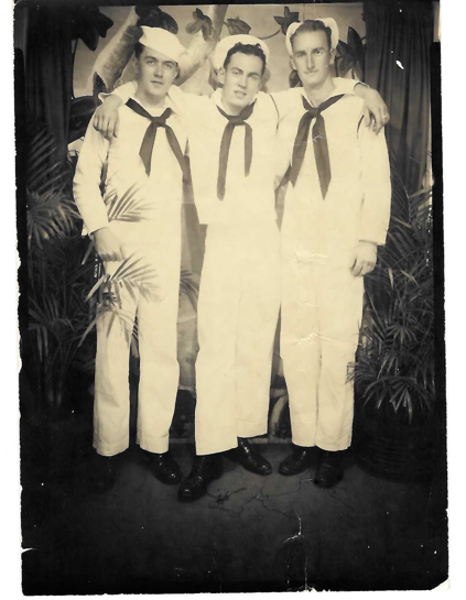
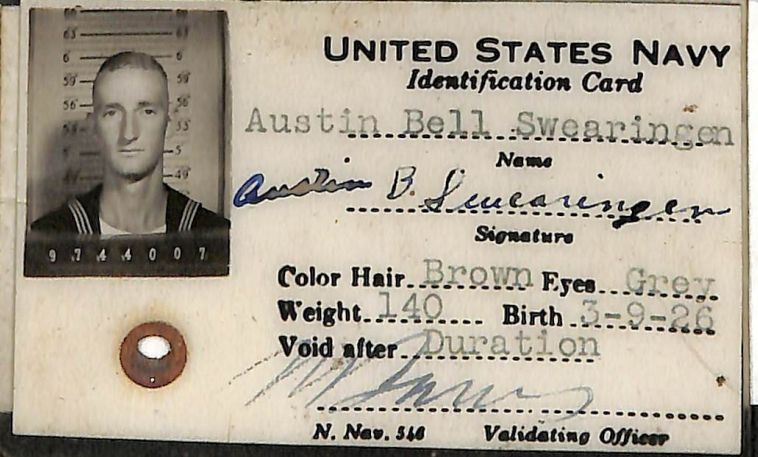
Eulogy
In January of 1945, Navy Seaman Second Class Austin Bell Swearingen boarded the USS Franklin, headed for the Pacific Ocean. On March 19, 1945, when the USS Franklin was attacked, Austin Bell Swearingen lost his life just ten days after he turned 19 years old.
In the spring of 1944, while still in high school, Swearingen registered for the draft. Two of his older brothers were already serving in Europe. On August 1, 1944, Austin caught a bus to Arkansas’s Camp Robinson to voluntarily enlist in the U.S. Navy. On August 6, 1944, he traveled by train from Arkansas to San Diego, California, for boot camp, arriving on August 14. While at boot camp, Austin was selected for Radar Operator School. Swearingen valued education and took college correspondence courses while in the military.
In January 1945, Second Class Seaman Austin Swearingen was assigned to the USS Franklin in the South Pacific. He spent much time writing letters and waiting for much-needed letters from his family. On March 19, a Japanese kamikaze attacked the USS Franklin, dropping a 500-pound bomb on the flight deck. Over 700 men, including Seaman Second Class Swearingen died. On April 5, the Swearingen family received a telegram that Austin Bell Swearingen was killed in action and his body buried at sea.
Seaman Second Class Swearingen posthumously received the Purple Heart. His family received a letter from President Franklin D. Roosevelt. When Austin’s belongings were gathered up after his death, his college textbooks were among his items. In 2013 Austin Bell Swearingen’s great-niece ensured his dream of becoming a writer was fulfilled when his letters were published. The story of this courageous young man from rural Arkansas was shared with others.
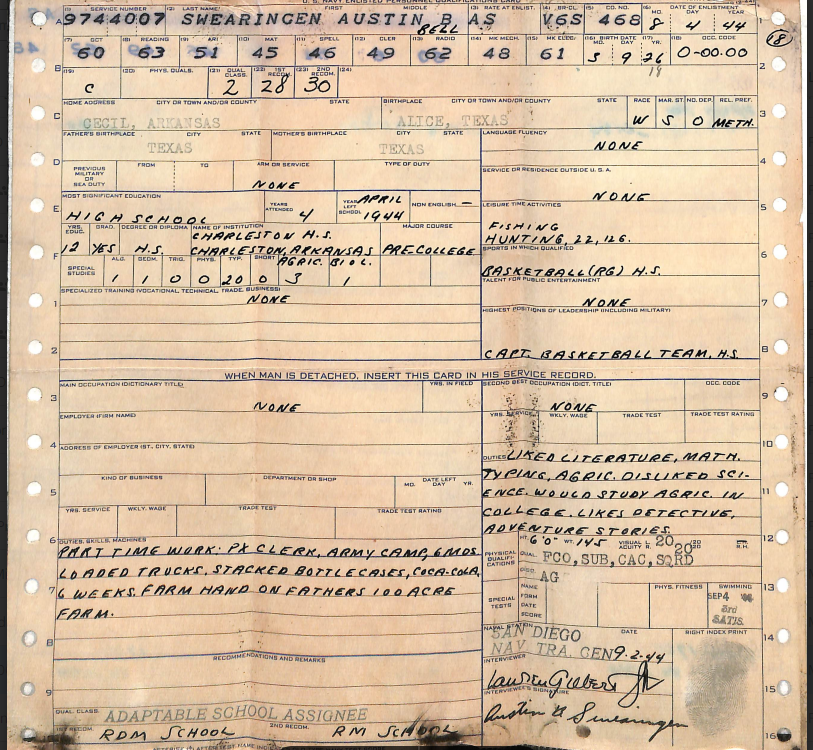
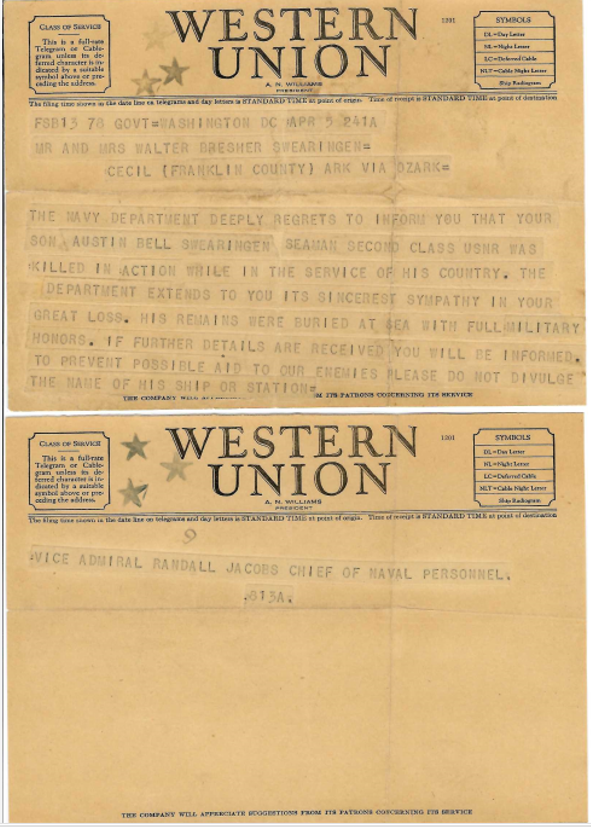
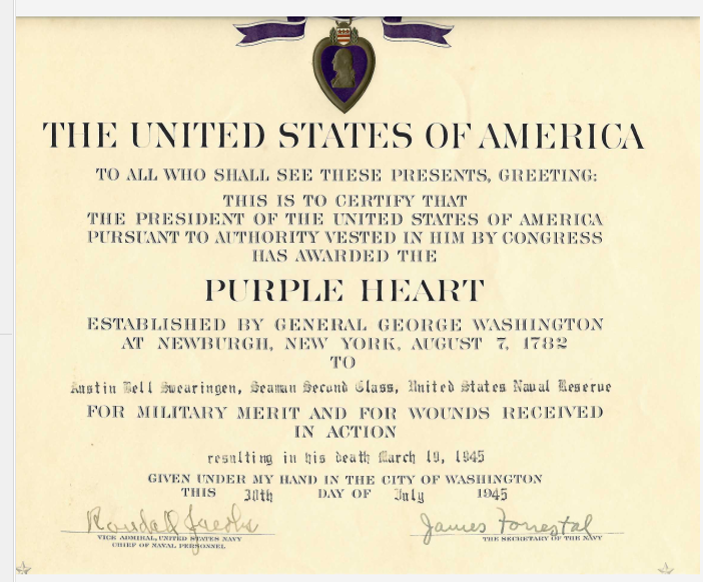
Reflection
From participating in the Sacrifice for Freedom®: World War II in the Pacific Student and Teacher Institute, I learned much about Arkansas’s involvement in World War II. I did not know our state had plants manufacturing goods for the war effort. I realized that the economy in my community today is very much the same as when my Silent Hero lived here. Researching my Silent Hero made me realize that the people who fought in World War II were real people, not much older than I am now. I felt a strong tie to them. After reading Austin Swearingen’s letters, I gained better insight into life as a Navy Seaman Second Class. I connected with Austin personally; I also love literature and sports, just as he did. I live on a farm just minutes away from where Austin lived when he joined the U.S. Navy. Agriculture has played a role in my family’s life for many generations as it had for Austin’s. I want to share more knowledge about this local hero with my community. I want people to know about this man’s service, and who he was as a person; I feel that Austin Bell Swearingen deserves to be recognized.
Bibliography
Primary Sources
Arkansas. Franklin County. 1930 U.S. Census. Digital images. https://ancestryclasroom.com.
Arkansas. Franklin County. 1940 U.S. Census. Digital images. https://ancestryclasroom.com.
Austin Bell Swearingen, Individual Deceased Personnel File, Department of the Army.
Austin Bell Swearingen, Official Military Personnel File, Records of the Bureau of Naval Personnel, RG 24, National Archives and Records Administration – St. Louis.
Austin Bell Swearingen. U.S. Navy Casualties Books, 1776-1941. Digital images. https://www.ancestryclassroom.com.
Austin Bell Swearingen. U.S. Navy Cruise Books, USS Franklin CV-13, 1946. https://www.ancestryclassroom.com.
Austin Bell Swearingen. U.S. Navy Muster Rolls, 1938-1949. Digital images. https://www.ancestryclassroom.com.
Austin Bell Swearingen. World War II Draft Cards Young Men, 1940-1947. Digital images. https://www.ancestryclassroom.com.
Cantrell, Marla. “Letters Home.” Do South Magazine, November 14, 2013. https://dosouthmag.com/letters-home/.
Cecil United Methodist Church Memorial. Photograph. May 31, 2023. Courtesy of Mrs. Lynda Molton.
Charleston High School Class of 1944. Photograph. 1944. Courtesy of Charleston School District.
“Sorrow Visits Cecil Thursday in Report of Three War Casualties.” The Spectator, April 6, 1945.
Swearingen Family Photographs and Papers. Courtesy of Tanya Dedmon.
“Two Cecil Men Killed, One Missing.” The Charleston Express, April 15, 1945.
USS Franklin (CV-13). Photograph. March 19, 1945. Naval History and Heritage Command (80-G-273880). https://www.history.navy.mil/content/history/nhhc/our-collections/photography/numerical-list-of-images/nara-series/80-g/80-G-270000/80-G-273880.html.
“USS Franklin CV-13 War Damage Report No. 56, Declassified.” September 15, 1946. Naval History and Heritage Command. Accessed March 12, 2023. https://www.history.navy.mil/research/library/online-reading-room/title-list-alphabetically/w/war-damage-reports/uss-franklin-cv-1report-no-56.html.
Secondary Sources
American Battle Monuments Commission. Accessed February 7, 2023. https://www.abmc.gov/decedent-search/swearingen%3Daustin.
Arkansas Heritage.com. Accessed March 26, 2023. https://www.arkansasheritage.com.
Dedmom, Tanya. In-person interview and classroom visit. February 6, 2023.
“Charleston (Franklin County).” Encyclopedia of Arkansas. Last updated 2023. Accessed March 26, 2023. https://encyclopediaofarkansas.net/entries/charleston-883/.
“Fort Chaffee Joint Maneuver Training Center.” Arkansas National Guard. Accessed March 26, 2023. https://arkansas.nationalguard.mil/Home/Ft-Chaffee-Joint-Maneuver-Training-Center/.
“Ozark (Franklin County).” Encyclopedia of Arkansas. Accessed March 26, 2023. https://encyclopediaofarkansas.net/entries/ozark-884/.
“A Rich History.” Fort Chaffee Redevelopment Authority. Last updated 2016. Accessed March 26, 2023.
http://www.chaffeecrossing.com/historic-district/fort-chaffee-history.
“Rohwer Heritage Site.” Arkansas State University. Last updated 2023. Accessed March 26, 2023. https://rohwer.astate.edu.
Sturdivant, Kenneth. Telephone interview. January 2023.
UA 477.04 VADM L.C. Heinz Collection. Photograph. March 14, 1945. Naval History Heritage Command (UA 477.04.01). https://www.history.navy.mil/content/history/nhhc/our-collections/photography/alphabetical—donations0/h/ua-477-04-vadm-l-c–heinz-collection.html.
“USS Franklin (CV-13).” Naval History and Heritage Command. Last updated March 16, 2022. Accessed May 12, 2023. https://www.history.navy.mil/browse-by-topic/ships/aircraft-carriers/uss-franklin.html.
“USS Franklin (CV-13, later CVA/CVS-13, then AVT-8).” Naval History and Heritage Command. Accessed May 2, 2023. https://www.history.navy.mil/content/history/museums/nmusn/explore/photography/ships-us/ships-usn-f/uss-franklin-cv-13.html.
“War Relocation Authority Incarceree Farm Labor Teacher Education Project.” National Japanese American Historical Society Teacher Workshop. March 2023.


